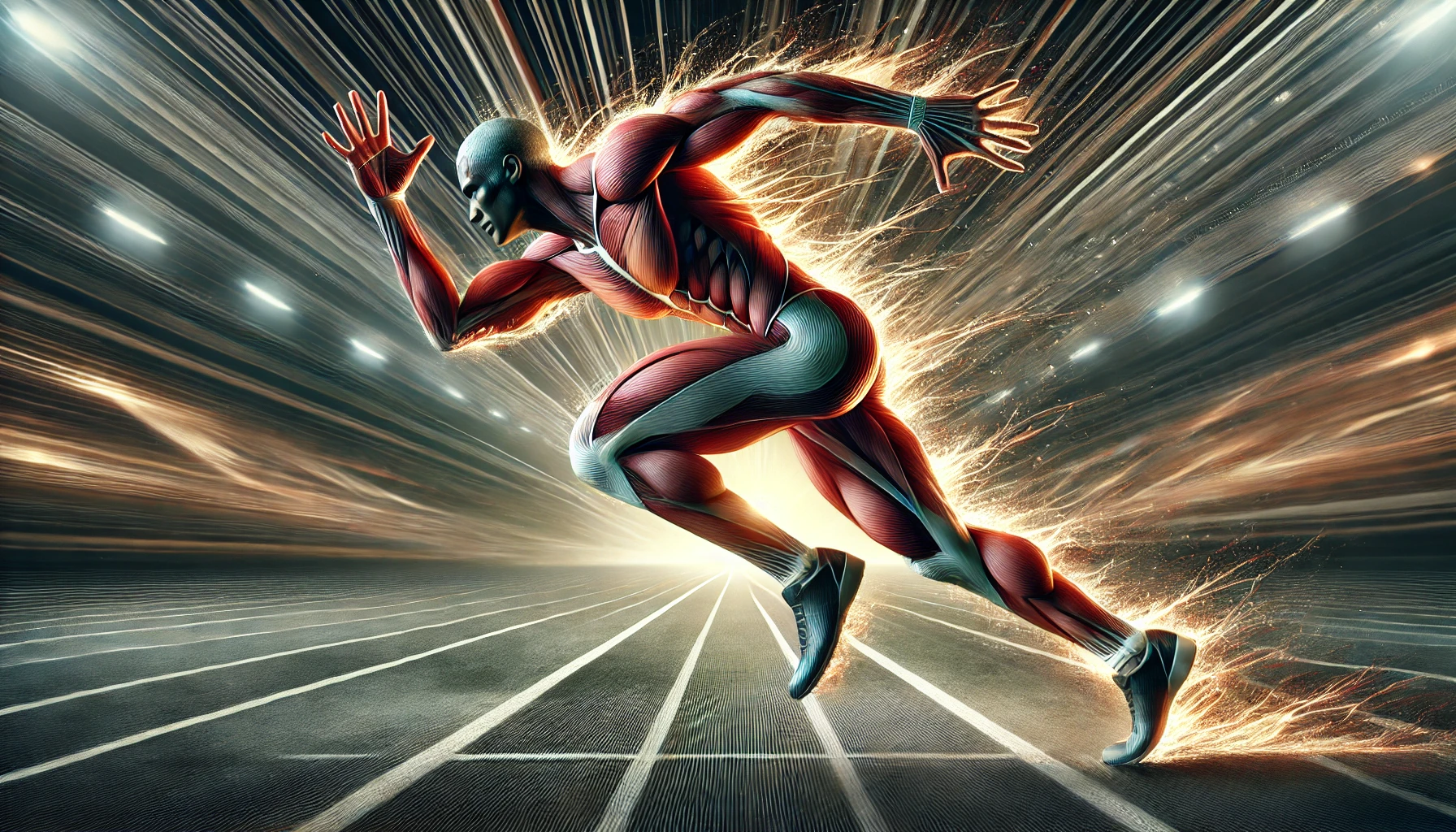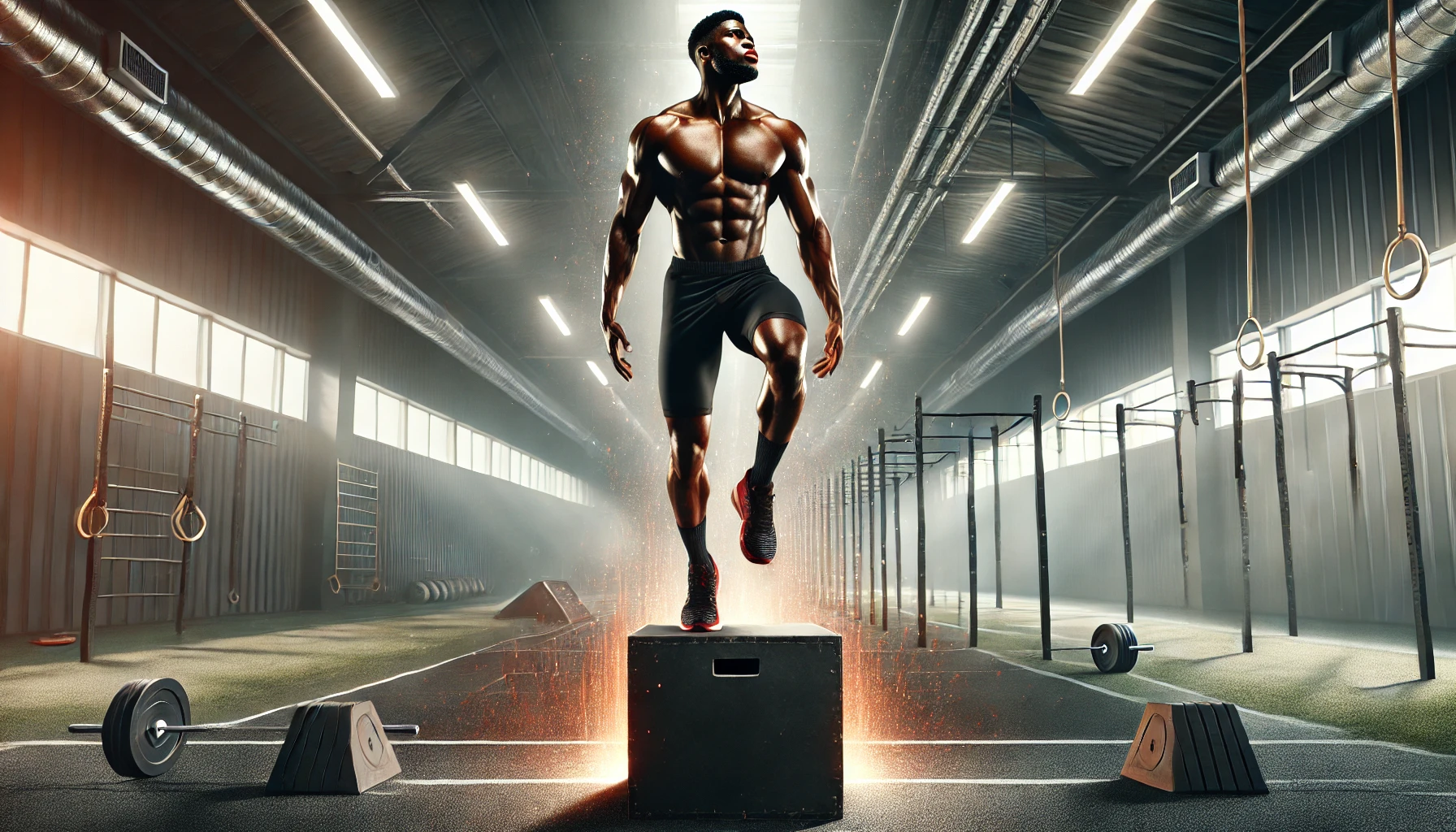Power Volleyball Workouts
Volleyball isn’t just about skills—it’s about raw power, agility, and the endurance to keep pushing yourself through every set and every match. To truly excel in volleyball, your body needs to be at its best, ready to leap higher, move faster, and endure the long rallies that define intense matches. In this article, we’ll dive deep into the best volleyball workouts that focus on increasing your power, agility, and endurance. These workouts will not only enhance your athletic abilities but will also help you build the strength needed to take your game to new heights.
The Importance of Volleyball-Specific Fitness
Volleyball requires athletes to possess a unique set of physical qualities that differ from many other sports. It’s a game of explosive movements: powerful spikes, precise serves, quick lateral movements, and high jumps. Your body needs to react quickly, exert force, and maintain balance through a mix of short, intense bursts and longer, more strategic plays. Simply put, you can’t just rely on gym sessions with basic weightlifting routines if you want to be a standout player. You need to train specifically for the demands of volleyball.
The best volleyball workouts blend strength, speed, and stamina—three critical pillars that make all the difference in how you perform on the court. The more specific your training, the more prepared you’ll be for the challenges of actual gameplay. Whether you’re focusing on jumping higher, moving faster, or lasting longer, the right volleyball workouts will give you the edge needed to outperform your competition.
Power: Strengthening Your Legs for Explosive Jumps
In volleyball, power is everything. One of the most important aspects of your power is your vertical jump. The ability to leap higher is vital for attacking the ball and blocking your opponent’s shots. But power isn’t just about strength—it’s about explosive force and the ability to generate it quickly.
The foundation of any workout aimed at increasing your vertical jump starts with your legs. To jump higher, you need to focus on building leg strength through a variety of exercises that train your quads, hamstrings, glutes, and calves. But it’s not enough just to make your muscles stronger—you need to teach them to react explosively when you jump. That’s where plyometric exercises come in.
Plyometric exercises are designed to increase your muscle’s ability to produce force quickly. These exercises focus on speed and strength, making them ideal for volleyball players. Key exercises include:
- Box Jumps: Jumping onto a sturdy box or platform, focusing on the explosive upward movement.
- Squat Jumps: Perform a squat and then jump as high as you can, landing softly back into a squat.
- Depth Jumps: Drop from a box and immediately jump upwards as high as possible upon landing.
Pair these plyometric exercises with strength-building moves like squats and deadlifts. The more muscle mass you build in your legs, the more force you can generate, which directly translates into a higher vertical leap.
Also, don’t forget about lunges and Bulgarian split squats, which help build unilateral strength—important for stabilizing your body during single-leg movements like takeoff and landing.
For maximum power, always focus on speed and control during each exercise. Don’t rush the movement. Controlled, explosive actions will help improve your overall vertical leap and add power to your spikes, blocks, and serves.
Agility: Quick Movements for Faster Court Coverage
Agility is a skill that sets apart the good players from the great ones in volleyball. It’s the ability to quickly change direction, react to a fast-moving ball, and position your body to make the perfect play. Quick, sharp movements are essential when you need to dig, block, or shift quickly to cover the court. This is where agility drills come in.
To improve your agility on the court, you need to train your body to accelerate, decelerate, and shift directions with precision. Some of the most effective drills for improving agility include:
- Ladder Drills: These help improve foot speed and coordination by requiring you to move through a ladder on the floor as quickly as possible.
- Cone Drills: Set up cones in various patterns and perform sprints, shuffles, and cuts to navigate between them. This simulates the quick directional changes you need to make in volleyball.
- Shuttle Runs: Sprint from one point to another and back, focusing on quick starts and stops. This is great for simulating the high-intensity movements in volleyball.
Incorporating these agility drills into your weekly workout will make you quicker on your feet and improve your ability to get into position faster during a game. Additionally, reaction drills that require you to move quickly after an external cue—such as a partner calling out directions or a ball bouncing unpredictably—will enhance your ability to read the game and react faster.
Endurance: Staying Strong Throughout the Match
Volleyball is a sport of intense bursts of action followed by brief moments of recovery. While speed and power are essential, endurance plays a crucial role in helping you maintain your performance throughout an entire match. Volleyball players often cover 3–5 miles during a single match, with rallies that can last much longer than expected. Building the endurance needed to stay strong and focused is just as important as increasing your power and speed.
There are two types of endurance you’ll need to develop: aerobic endurance and anaerobic endurance. Aerobic endurance allows you to maintain energy levels throughout a longer period, while anaerobic endurance supports your ability to perform high-intensity actions, like sprints and jumps, repeatedly.
To improve aerobic endurance, consider including steady-state cardio in your workout routine. This could involve:
- Jogging or cycling for long periods at a moderate intensity.
- Swimming, which builds cardiovascular endurance while also engaging multiple muscle groups.
- Rowing, another excellent low-impact activity that strengthens both the heart and lungs.
For anaerobic endurance, you’ll want to incorporate high-intensity interval training (HIIT) into your routine. HIIT workouts combine short bursts of intense activity with rest or low-intensity periods, mimicking the demands of volleyball. HIIT exercises that can improve your anaerobic endurance include:
- Sprinting intervals: Sprint at maximum effort for 30 seconds, followed by 30 seconds of rest or light jogging.
- Burpees: These engage the entire body and improve cardiovascular endurance while building strength.
- Jump rope: A simple, effective workout for improving coordination and cardiovascular health.
Endurance workouts should focus on:
- Maximizing cardiovascular fitness for longer rallies and matches.
- Enhancing recovery time between bursts of intense activity.
- Building stamina to prevent fatigue from affecting your performance.
Combining Strength, Agility, and Endurance: Putting It All Together
The key to success in volleyball is integrating strength, agility, and endurance into a cohesive training program. By focusing on each component separately, you can develop the specific qualities needed for volleyball success. However, combining these elements into your workouts will help you perform better on the court during actual games.
Here’s how you can structure a volleyball-specific workout:
- Warm-Up: Start with a light jog or dynamic stretches to prepare your muscles for the workout.
- Strength and Power: Focus on explosive exercises like box jumps, squats, and lunges, followed by strength-building moves like deadlifts.
- Agility Drills: Incorporate ladder drills, cone drills, and shuttle runs to increase foot speed and quickness.
- Endurance: Finish your workout with a short HIIT session, including sprints, burpees, or jump rope.
By integrating these components into one workout, you’ll train your body to perform in all areas of the game. You’ll be faster, stronger, and more prepared for the physical demands of volleyball.
The Road to Peak Performance: Consistency is Key
Improving your volleyball game through strength, agility, and endurance takes time, dedication, and consistency. Results won’t happen overnight, but if you commit to regular workouts and follow a routine that emphasizes power, speed, and stamina, you’ll see dramatic improvements in your performance.
Stay motivated by setting goals and tracking your progress. Challenge yourself to push beyond your limits, whether it’s jumping a little higher, moving a little faster, or lasting longer during a match. Keep refining your technique, trust the process, and watch as you grow into a stronger, faster, and more powerful volleyball player.
Ready, Set, Jump Higher!




